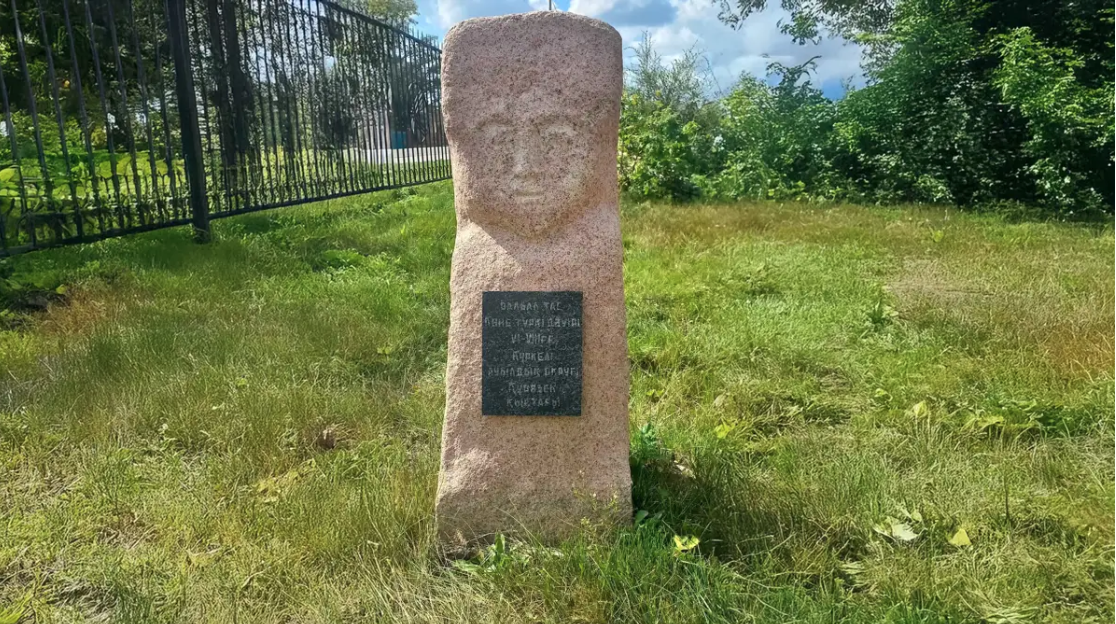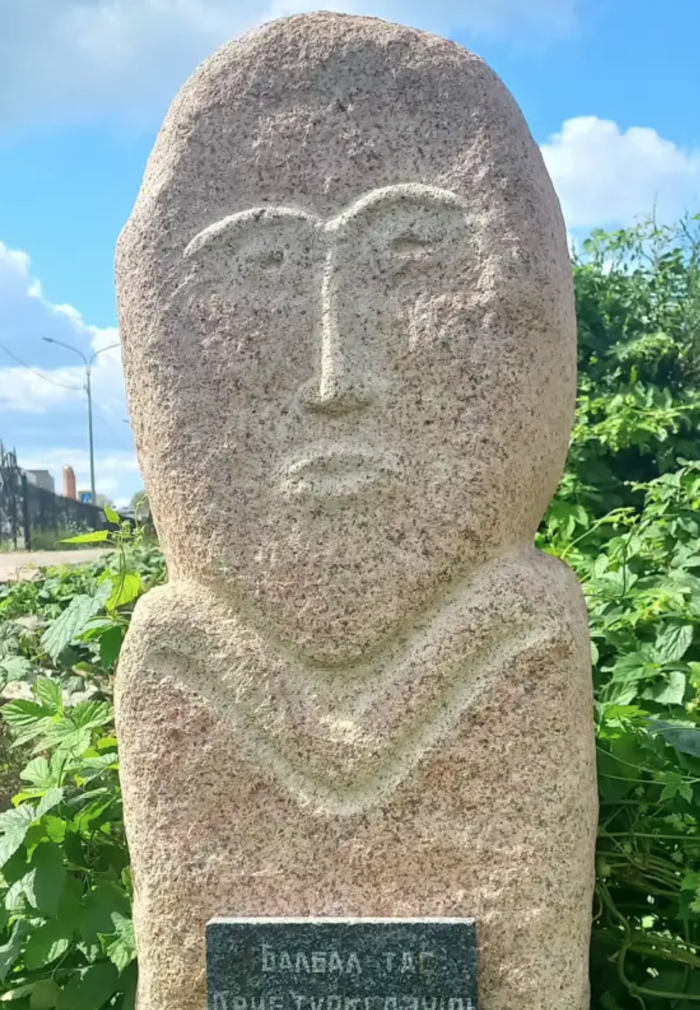Bayanaul’s Balbals: Stone Guardians of Ancient History

ASTANA — The majestic mountains of Bayanaul have long attracted travelers with their beauty and mystery. However, not everyone knows that these lands conceal a rich legacy of ancient Turkic culture. Scattered across the region, stone sculptures known as balbals silently stand as witnesses to history, preserving the memory of the beliefs, rituals and way of life of the Turkic peoples, Kazinform reported.

The balbals of Bayanaul date back to the 6th–8th centuries and represent stone sculptures, often resembling human figures. Photo credit: Murat Ayaganov/Kazinform.
The balbals of Bayanaul date back to the 6th–8th centuries and represent stone sculptures, often resembling human figures. They were part of ritual complexes that included mausoleums, burial mounds, slabs and steles, serving as sacred sites for venerating ancestral spirits. Scholar Alkey Margulan, one of the first researchers of balbals, highlighted their significance in his book “Ancient Witnesses of Culture.” According to Alkey Margulan, these complexes were constructed not only to honor rulers and warriors but also to commemorate ordinary people, emphasizing their cultural importance within the community.

In the Bayanaul area, Alkey Margulan recorded around 50 balbals. Photo credit: Murat Ayaganov/Kazinform.
In the Bayanaul area, Alkey Margulan recorded around 50 balbals, many located in the Kurkeli, Kyzyltau, Toraygir and Karatomar districts. However, local historian Altynbek Kurmanov laments the poor condition of many of these monuments. Over the years, many balbals were looted or destroyed during the Soviet era, while others were taken abroad.
A few years ago, Kurmanov, along with Bayanaul District’s former akim (mayor), Korabay Shakirov, initiated a large-scale study of the region’s balbals. They photographed, measured and documented the remaining monuments, creating exact replicas. These replicas are now displayed in the central park of Bayanaul, with plaques indicating the original locations of the sculptures.
Kurmanov highlighted several unique monuments, such as the “Mysterious Girl Stone” and the “Sacred Kulan Cave,” whose histories remain shrouded in mystery. He emphasizes that these sites, once temples of the ancient Tengri faith, deserve meticulous study and preservation.
The balbals of Bayanaul are not merely stone sculptures. They are an integral part of the cultural heritage of the Turkic people, symbols of ancestral connection and evidence of a profound spiritual tradition. Preserving these monuments for future generations is not only a duty to history but also an opportunity to strengthen national identity and underscore the uniqueness of Kazakh culture on the global stage.

